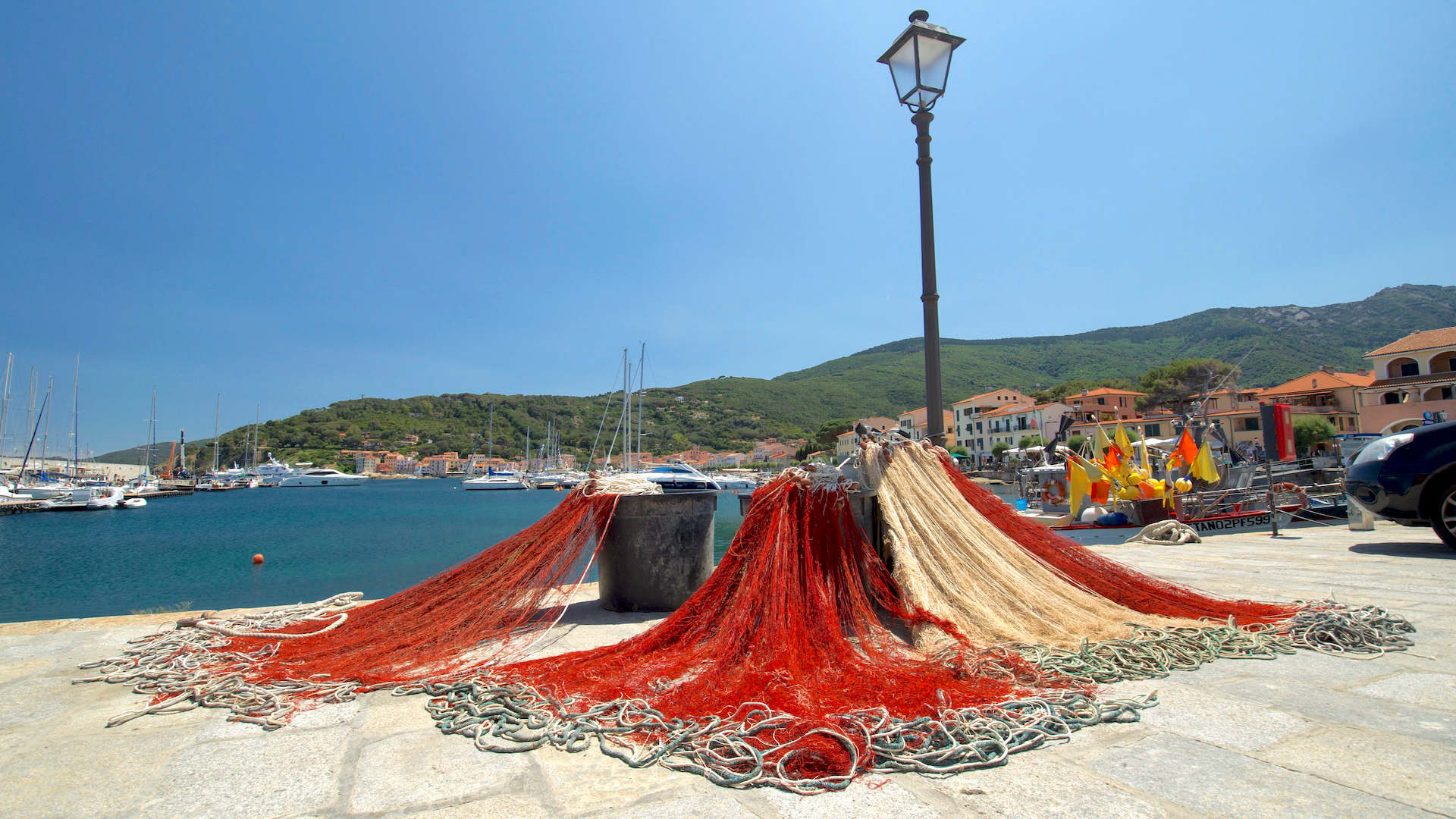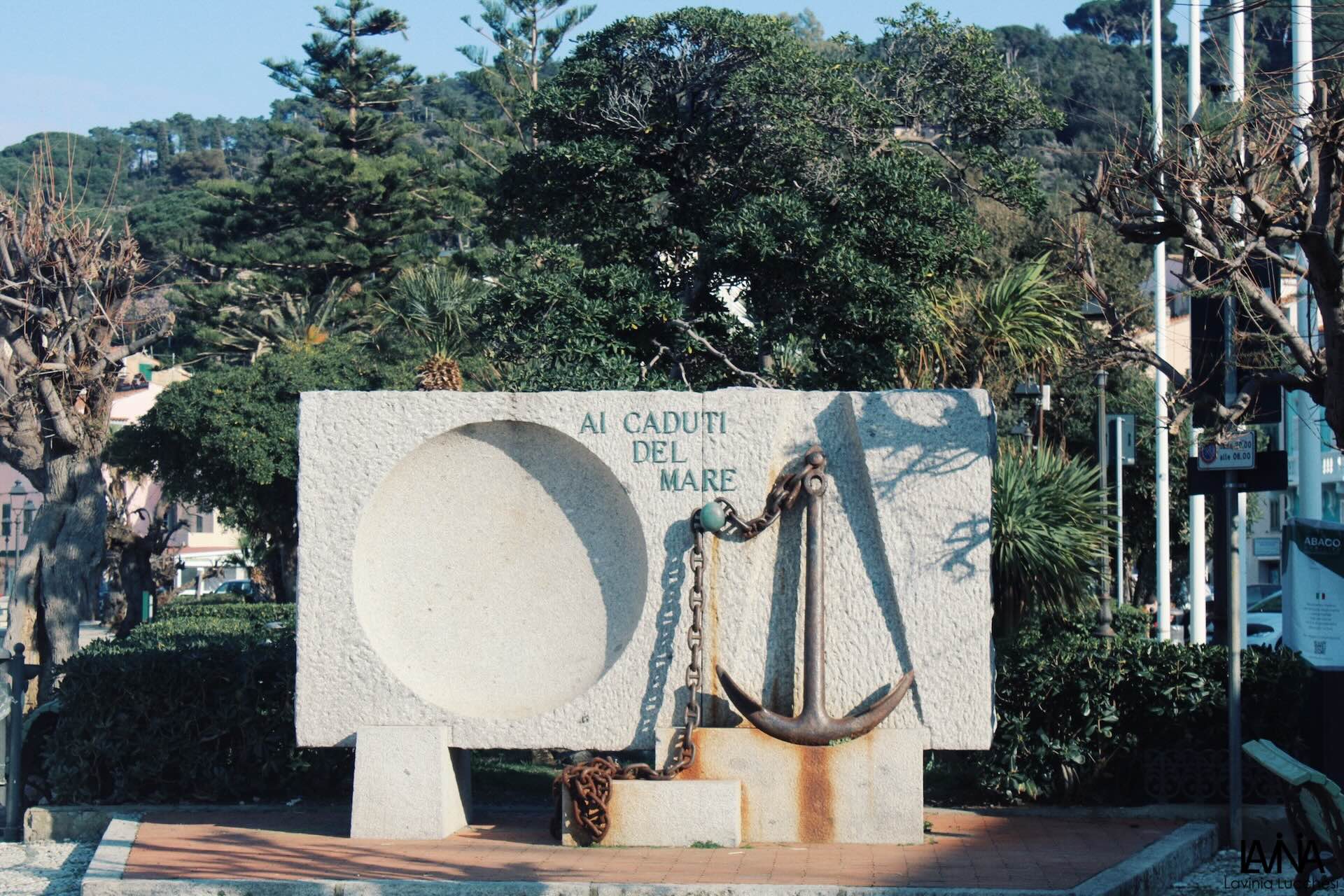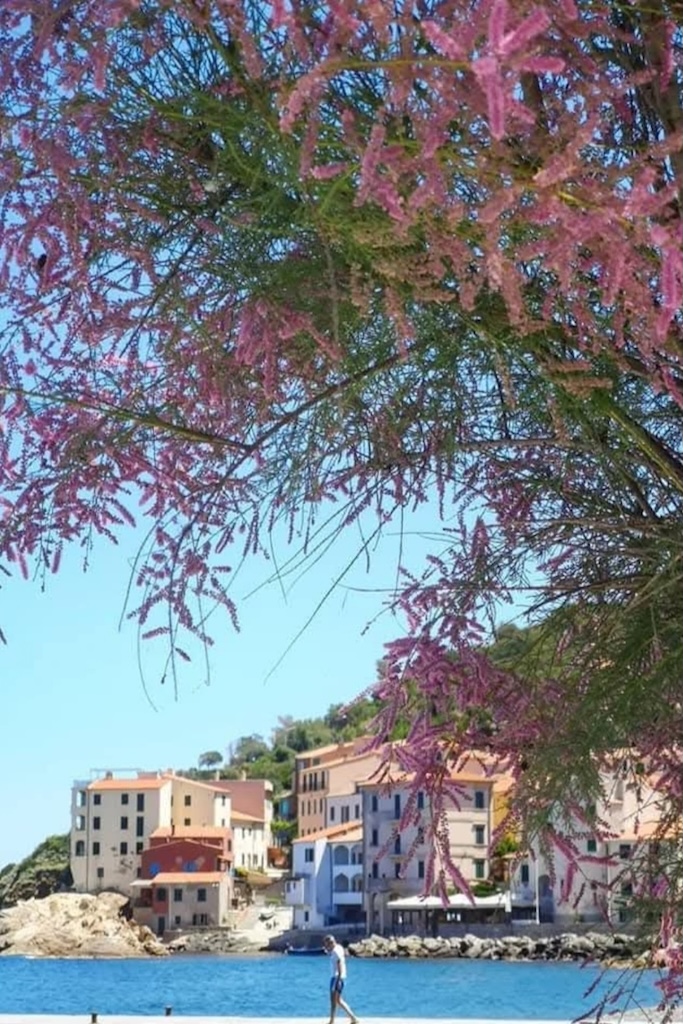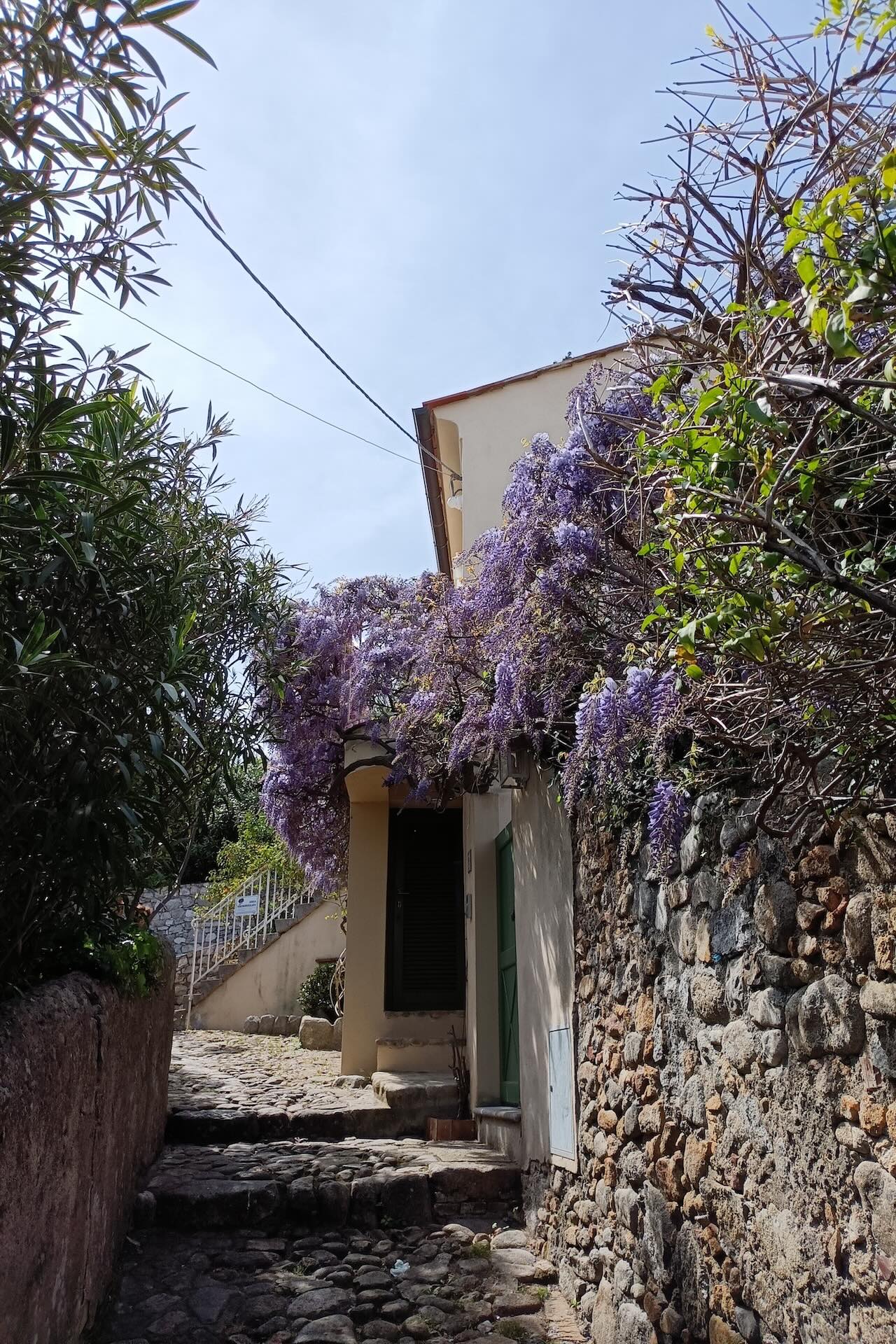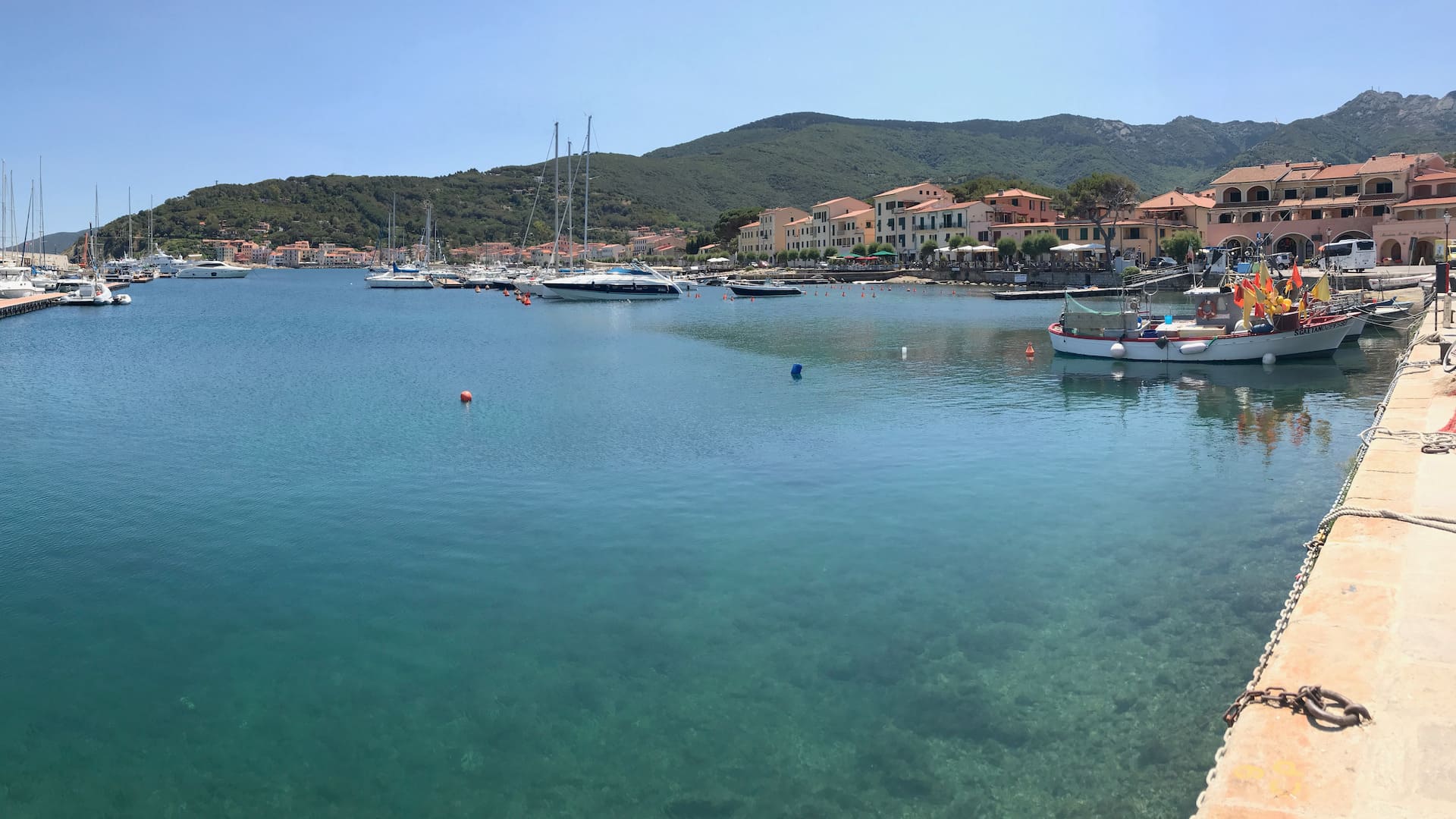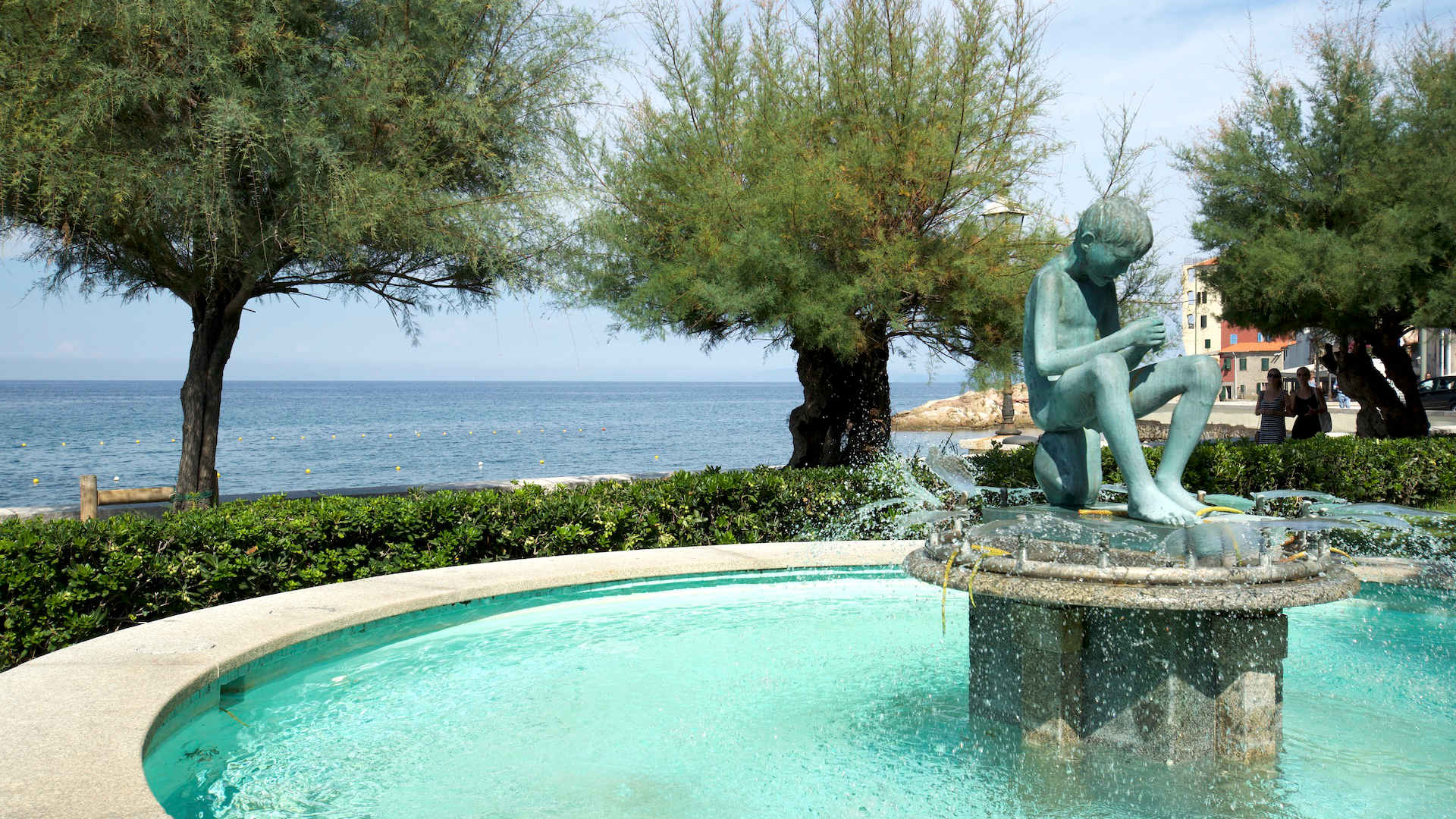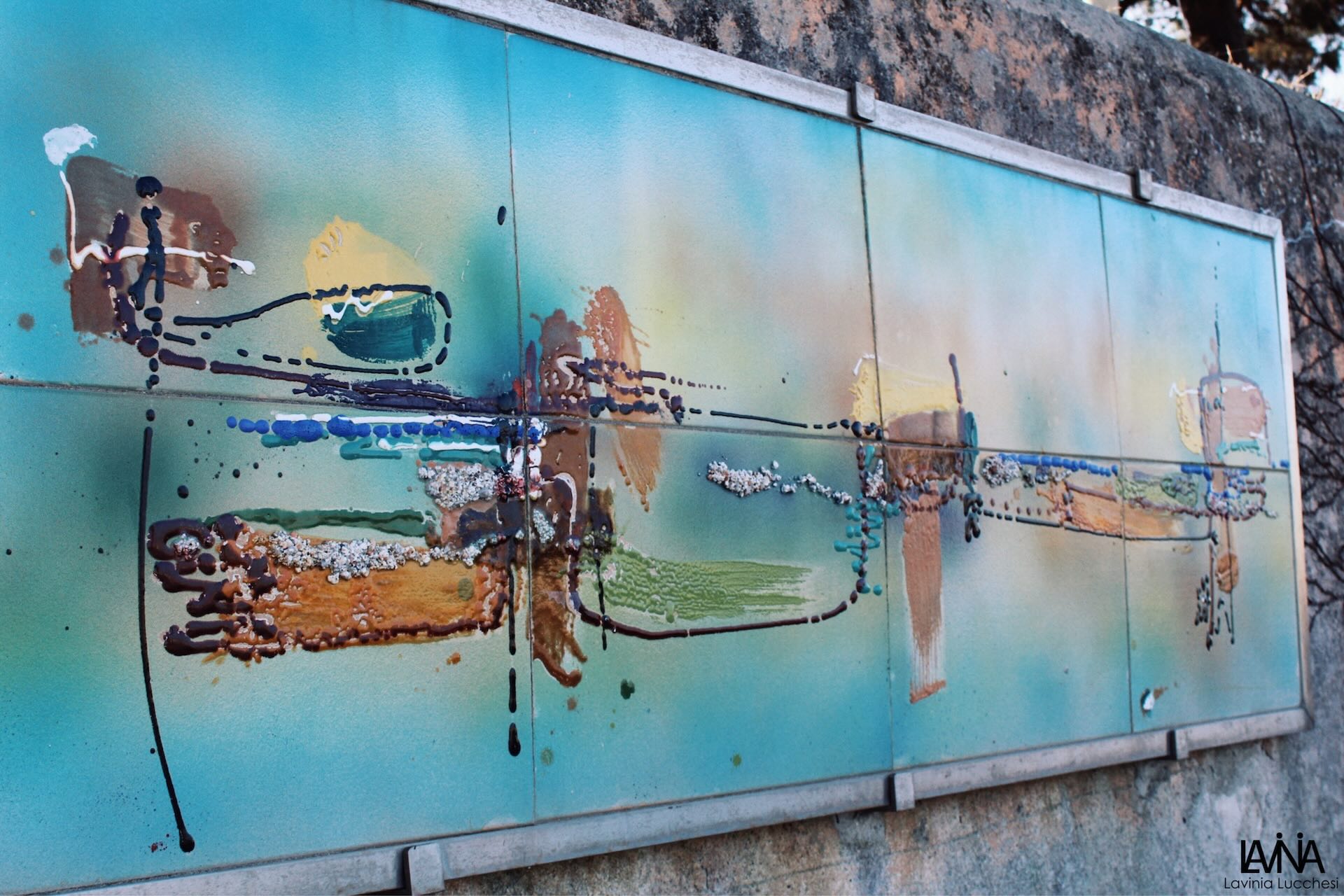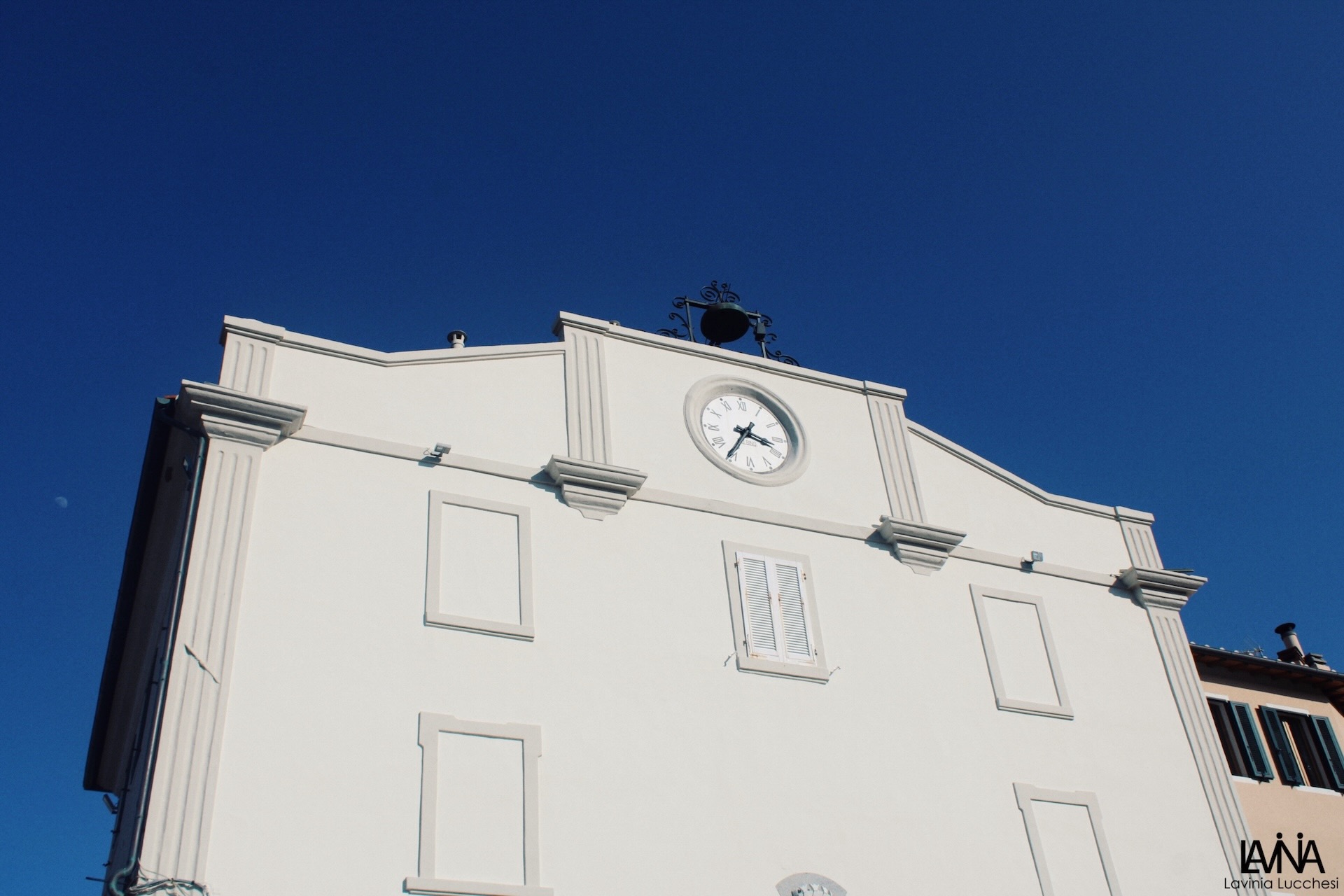As we were
- Home
- As we were
History
Like the settlements of Rio and Campo, Marciana Marina developed between the 17th and 18th centuries as an offshoot of older hillside villages. The first group of inhabitants came from Marciana and Poggio, and over time the population grew with the arrival of others, forming a community rich in cultural and commercial exchanges—especially with Liguria, Corsica, Campania, Sicily, and the nearby Tuscan coast.
Today, it is one of the smallest municipalities in Tuscany and the second smallest in all of Italy, with a total area of just 5 square kilometres and a population of around 1,900.
Over the centuries, links with the mainland and other Mediterranean islands faded, yet Elba remained a strategic point along the great maritime routes of the Mediterranean. Flotillas of coral and fishing boats from southern Italy regularly sailed the waters of the Tuscan Archipelago, using Marciana Marina as a key stopover. Shipbuilding soon began to flourish. Trade relations with Corsica and especially with Liguria became increasingly close, particularly in the export of wine.
By the late 18th century, the village had grown enough to connect the Cotone promontory with the Novaglia Tower (belonging to the Appiani family). Development continued into the first half of the 19th century, driven by a dynamic entrepreneurial class whose interests looked out to sea. Skilled shipbuilders produced finely crafted sailing vessels that travelled across the Mediterranean, to the Black Sea, the Sea of Azov, the North Sea, and even along transoceanic routes.
By the mid-19th century, Marciana Marina owned twenty-two square-rigged sailing ships—out of the island’s total of forty-nine—and had a seafaring population of about one thousand sailors.
In 1884, it became an independent municipality, separating from Marciana. Major public works were carried out, including the construction of the port, the Regina Margherita promenade, and a new school building—now home to the town hall—all completed without altering the village’s original structure.
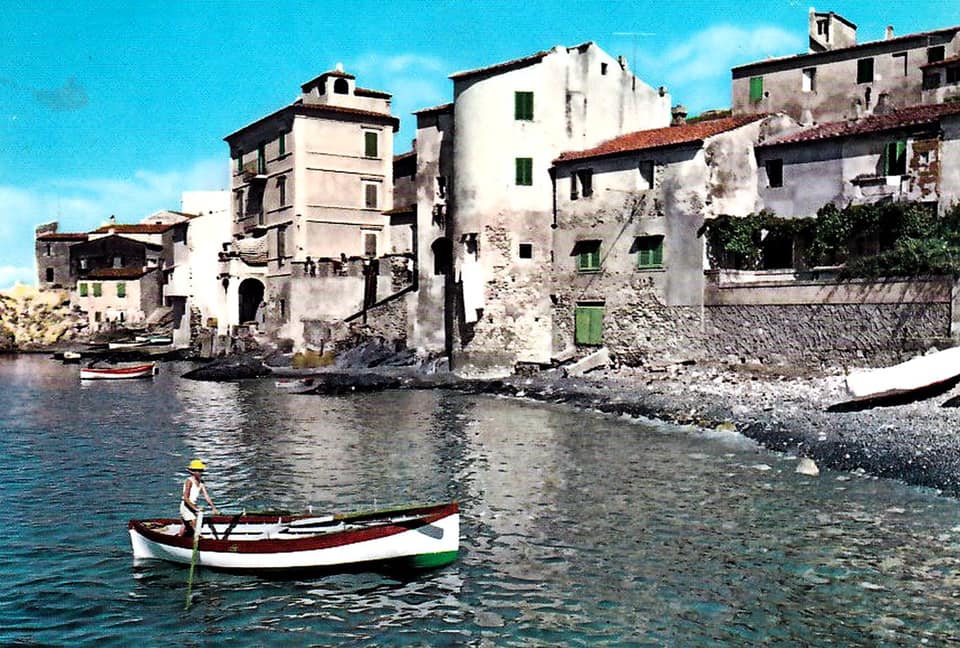

Once upon a time... The ancient crafts.
The people of Marciana Marina have always formed a self-sufficient community, living in modest prosperity and primarily devoted to agriculture. The Marinesi worked the vineyards that once filled the valley, as well as their family gardens. The vines descended in tidy rows from the mountain slopes down to the sea, surrounding the village in a spectacular landscape. It was a scene that spoke of ancient labor and of a respectful, harmonious relationship with nature. Even today, walking along the trails, one can still spot the dry-stone walls—now recognized as a UNESCO World Heritage Site—peeking through the dense vegetation.
In addition to being skilled builders for the needs of rural life, the locals wove baskets from chestnut, olive, myrtle, and broom. A certain Count of Campobagnolo famously brought his handcrafted baskets to the village for many years. Basket weaving was also taught at the local vocational training school. Later, villagers took part in reforestation projects funded by the state and helped maintain roads and trails.
Wine sales, handled by brokers, were particularly important. Elba’s wine was highly prized—Pliny the Elder even referred to the island as “The Island of Good Wine”—and was transported to the mainland on special vessels called Leudi, especially along thriving trade routes with Liguria.
Fishing was a vital activity for several families who had migrated from other Mediterranean islands. Many Marinesi fished to supplement the rural diet with seafood. It was often the youngest sons—at a time when families were quite large—who took to the sea. For a long time, barter between fishermen and farmers remained the main method of exchange.
There was once a tonnara (a traditional tuna trap) in the area known as “Il Bagno,” active until the 1950s, and a fish processing plant that specialized in sardines and anchovies, which were once abundant in these waters.
The mastri d’ascia—master shipwrights—repaired but above all built gozzi and other wooden boats. These vessels were used for fishing and as a means of transport, especially for those coming from la Cala or from the island’s western coast. At the time, the roads were unpaved and travel overland was slow and difficult.
The Segnini shipyards, located on Ripa Road at the far end of the harbor, continue this long-standing tradition.
Marciana Marina boasts a proud seafaring heritage. Many of its residents have distinguished themselves over the years as ship captains and renowned admirals.
Festivities
There were many occasions for local celebrations, each with its own unique character.
Epiphany was celebrated with the Cantate della Befana: groups of young people would go from house to house singing and playing music, always rewarded with sweets and a good glass of wine.
At Carnival, each district—and even neighboring villages—took part in a parade of decorated floats. A particularly rich and theatrical float always came down from Poggio. The Marinesi created numerous floats portraying scenes from village life.
Saint John’s Day, June 24th, was livened up by bonfires on the beach, swimming contests, and traditional fair games, but also mischievous pranks: anyone could find themselves thrown into the sea fully clothed.
“A San Giovanni bùttati in mare con tutti i panni”, they used to say. Traditionally, this day marked the beginning of summer: “Fino a San Giovanni non puoi fare il bagno” (“You can’t go swimming before Saint John’s”), mothers would warn their children.
Speaking of swimming, there were two now-forgotten local proverbs: “Chi fa il bagno di settembre nella bara si distende” (“He who swims in September lies in a coffin”) and “Chi fa bagno d’ottobre con la bara va alla Tore” (“He who swims in October ends up in a box down in Tore”). Hard to apply today, with the weather now so unpredictable.
Santa Chiara, the patron saint of Marciana Marina, is celebrated on August 11th with a religious ceremony and procession, and on August 12th with a popular festival and the famous fireworks display, drawing visitors from all over the island. It was a time for dancing in the main square and games such as the Palo insevato (the greasy pole), donkey races, sack races, and swimming and rowing competitions.
The grape harvest festivals were truly spectacular—almost a sacred rite. When the hard work in the vineyards was finally done, it was time to celebrate. People would go down into the cellars to stomp the grapes with their bare feet—zampicare l’uva con i piedi—then gather around the table. As the saying went, “si ammazzava il pollo” (“you’d kill the chicken”)—meaning it was time for a hearty meal and a good drink in company.
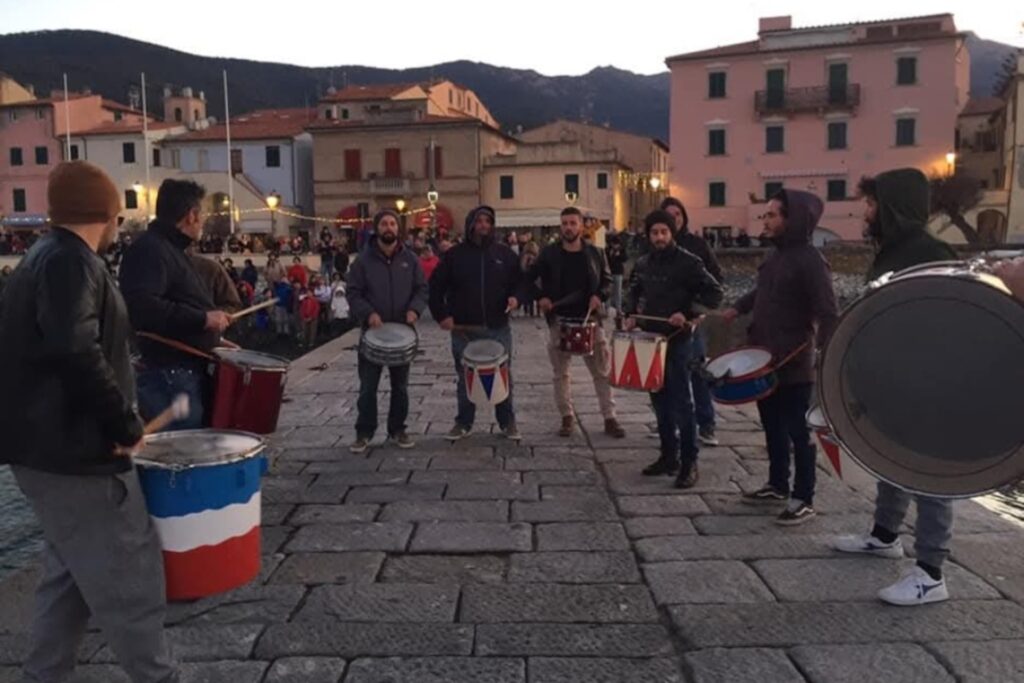
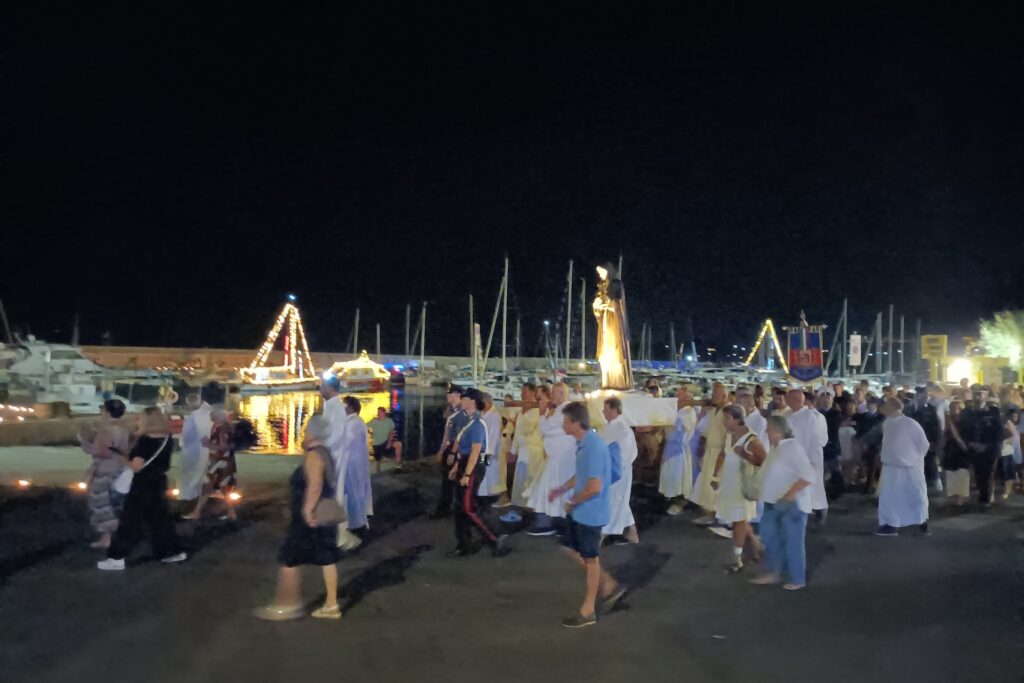
The Village Today
Marciana Marina has preserved its character, maintaining some of its most charming views, such as the salita del Cotone, a perfect creuza de mà, the Vicinato Lungo, and the beautiful Church of Santa Chiara.
Its simple beauty has long attracted notable figures and artists, such as the painter Llewelyn Lloyd, who stayed here for long periods starting in the second decade of the 20th century. After World War II, the village was frequented by intellectuals like Raffaello Brignetti, Oreste del Buono, and Barbiellini Amidei, who drew inspiration from its people and the beauty of the landscape. And the list could go on to this day.
Until the mid-1950s, vineyards stretched from the slopes of Monte Capanne all the way down to the sea, separated from the pebble beach only by the road. Today, the village has extended into some inland areas, yet it has retained wide green spaces and the charm of a well-kept and tidy town.
Just take a walk along the streets of Cotone to find a garden overlooking the rocks, lovingly tended by the locals as if it were their living room.
The Church Square is beautifully paved with pebbles from the nearby beach, just a few steps from the sea.
The Fenicia Beach has been awarded the Blue Flag for several years. Many other beaches and rocky coves line the coast, reaching all the way to la Cala, which can only be reached by an old mule track or by sea.
The walking paths are stunning, retracing the ancient routes that once connected the village to the surrounding countryside and nearby hamlets.
Every year, hundreds of tourists walk the “sentieri dei profumi” (“scent trails”), famous for the breathtaking views that open suddenly amid the lush Mediterranean vegetation.
Thanks to the collaboration with Legambiente and Acqua dell’Elba, the local tourism office Pro Loco organizes guided hikes and urban trekking tours every Sunday during the summer season.
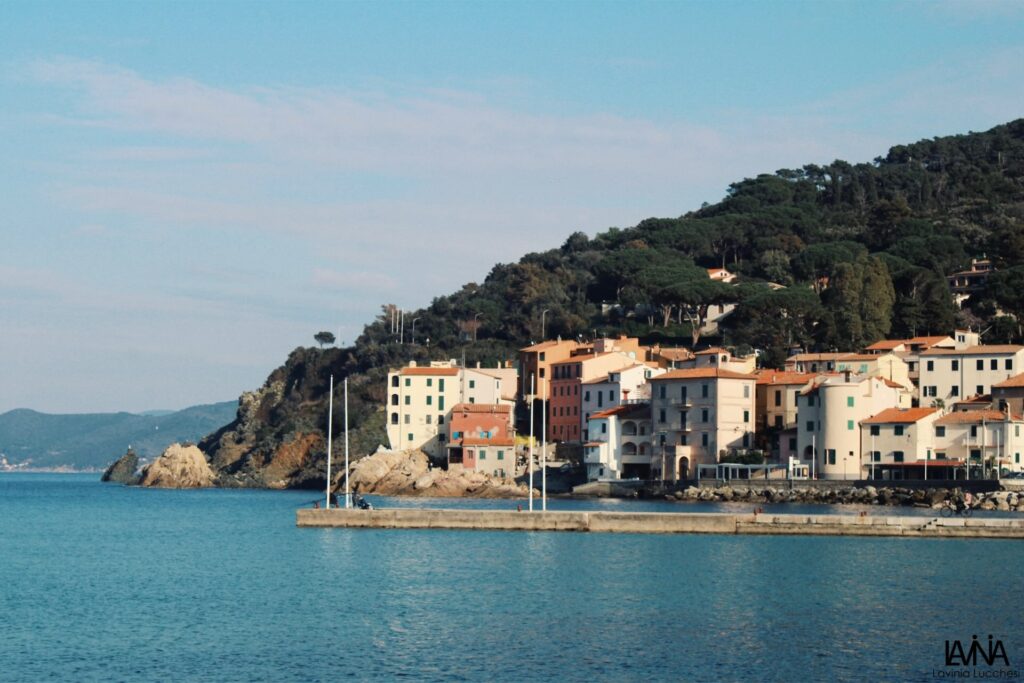
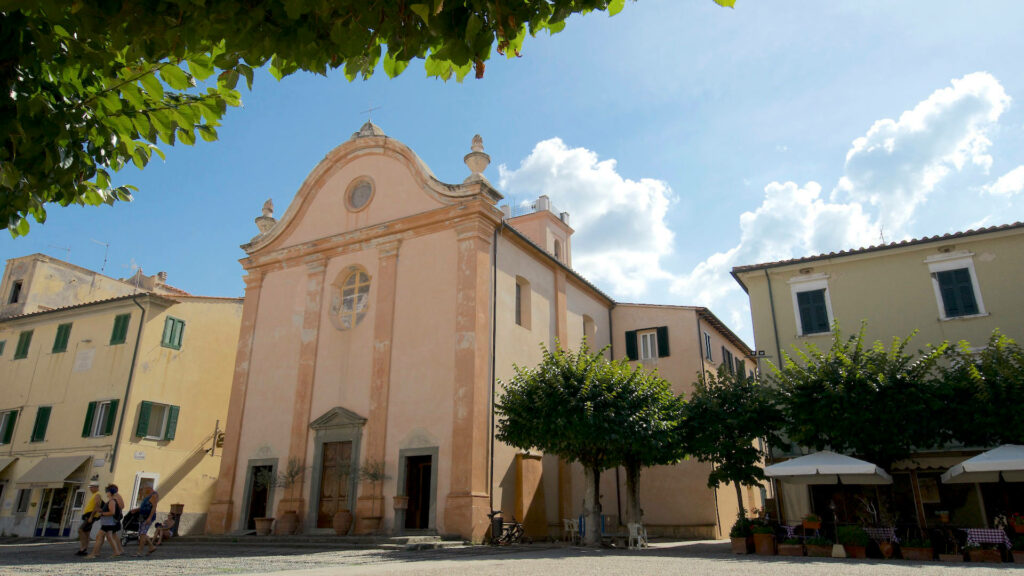
A welcoming village
Marciana Marina, a village of farmers and fishermen, has perhaps more than any other managed to combine traditional Tuscan country cooking with the “influences” offered—then as now—by the sea.
Octopus, margherita, Elba-style cacciucco, fish soups, and humble “poor” fish elevated by flavorful combinations of aromatic herbs—such as stuffed anchovies, zeri in pesto, and stuffed squid—are just some of the delicacies offered by the local cuisine.
Palamita, dentex, and a wide variety of local fish can be seen unloaded—and purchased—straight from the fishermen’s boats moored at the small pier in the town center.
Several local producers offer quality wines made from native grape varieties, from procanico and sangioveto to the renowned DOC-certified aleatico.
Historic bakeries continue to bake bread with the aroma of the past and produce typical local sweets, including the beloved Corollo.
The village is known for its varied and talented food and wine scene. All the restaurants are of excellent quality, popular not only with local tourists but the destination of a true “pilgrimage” from across the island.
